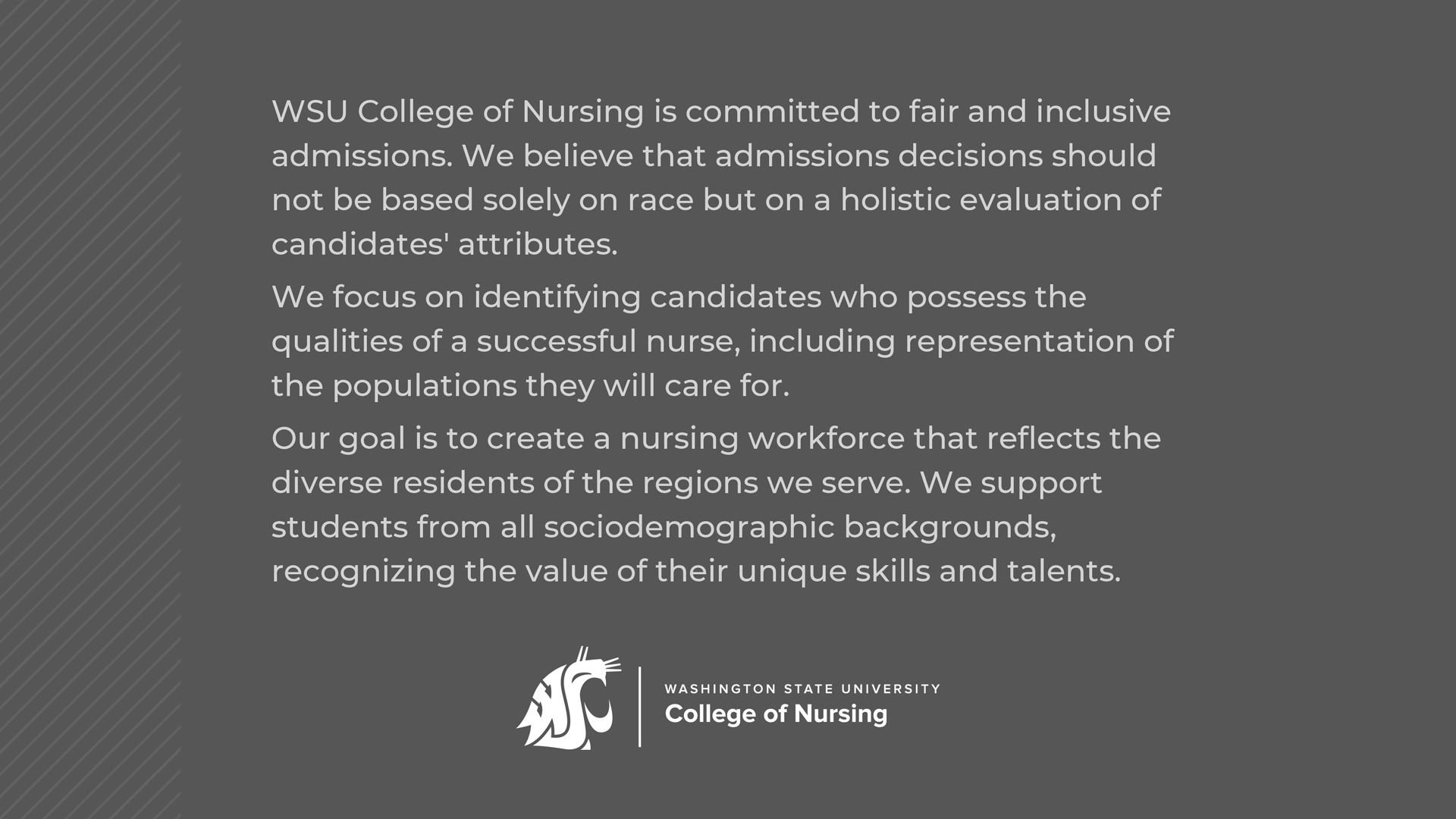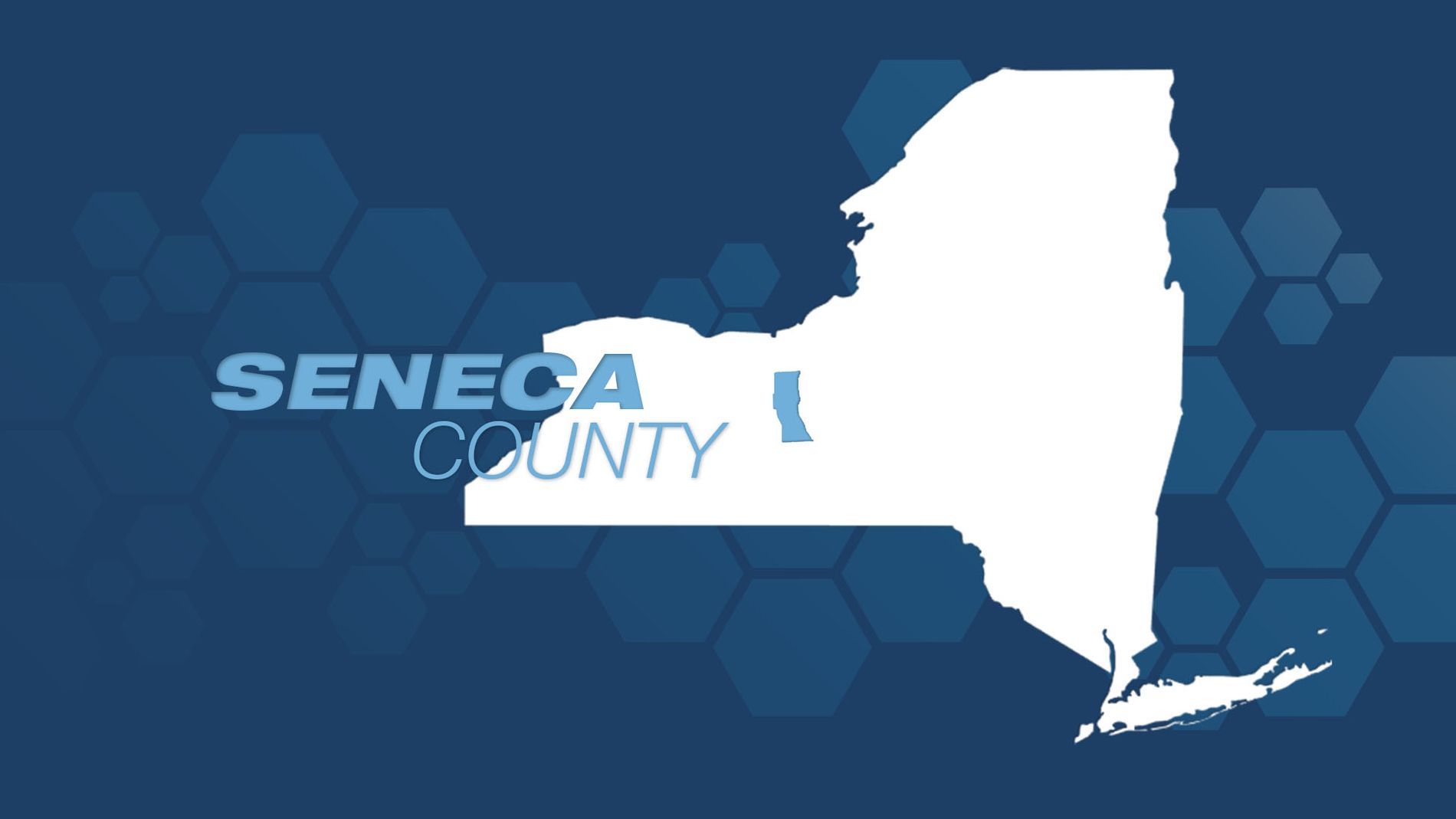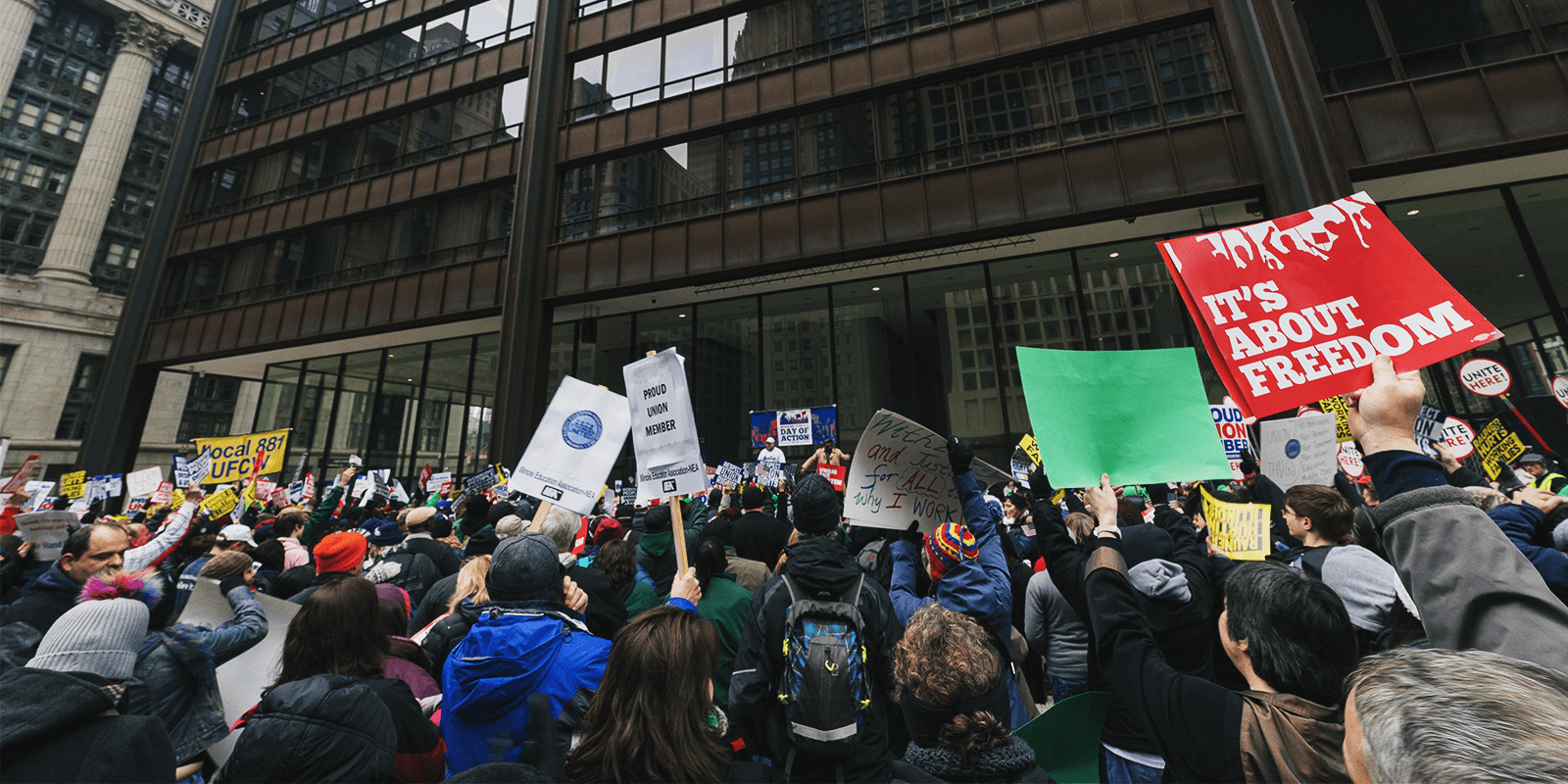Fairness And Diversity In College Admissions: Examining Current Standards

Table of Contents
Defining Fairness and Diversity in Higher Education
The concepts of "fairness" and "diversity" in higher education are multifaceted and often intertwined. Fairness, in the context of college admissions, encompasses multiple interpretations. It can refer to merit-based admissions, where places are awarded solely based on academic achievement; equal opportunity, where all applicants have an equal chance regardless of background; or a more nuanced approach considering socioeconomic factors that might have impacted an applicant's academic journey.
Diversity, similarly, is not monolithic. It extends beyond racial and ethnic representation to encompass socioeconomic diversity, geographic diversity, and intellectual diversity, reflecting a wide range of backgrounds, perspectives, and experiences.
The inherent tension lies in reconciling these often competing goals. How can colleges ensure a fair admissions process while actively promoting a diverse student body? This is a central challenge demanding careful consideration.
- Examples of fairness metrics: Standardized test scores (SAT/ACT), Grade Point Average (GPA), extracurricular activities, letters of recommendation.
- Examples of diversity metrics: Underrepresented minority enrollment (URM), first-generation college students, representation from various socioeconomic backgrounds, geographic diversity reflecting a broad range of states and communities.
- Challenges in quantifying and measuring fairness and diversity: The subjective nature of many application components makes objective measurement difficult. Furthermore, establishing a universally accepted definition of "fairness" remains elusive.
Current Admissions Standards and Practices
Common components of the college application process include GPA, standardized test scores (SAT/ACT), essays, letters of recommendation, and extracurricular activities. The weight given to each component varies across institutions. Many colleges employ a holistic review process, attempting to evaluate applicants as whole individuals rather than solely focusing on numerical metrics.
Affirmative action policies, where legal, aim to increase representation from underrepresented groups by considering race as one factor among many in admissions decisions. However, these policies are frequently the subject of legal challenges and intense debate, highlighting the complexities involved.
- Advantages and disadvantages of standardized testing: Standardized tests provide a seemingly objective measure of academic preparedness but can be criticized for perpetuating inequalities related to access to test preparation resources and inherent biases.
- Holistic review: This approach seeks to provide a more comprehensive assessment, but it can also be subjective and vulnerable to unconscious biases.
- Legal challenges and debates surrounding affirmative action: Supreme Court cases like Grutter v. Bollinger and Fisher v. University of Texas have shaped the legal landscape surrounding affirmative action, leading to ongoing debate about its constitutionality and effectiveness.
- Legacy admissions: The practice of giving preferential treatment to children of alumni can disproportionately benefit certain demographic groups, potentially hindering efforts towards greater diversity.
Challenges and Controversies in Achieving Fair and Diverse Admissions
Balancing competing interests in college admissions presents significant challenges. Concerns about reverse discrimination arise when some argue that diversity initiatives unintentionally disadvantage qualified applicants from majority groups. The debate about the appropriate role of race in admissions is particularly contentious. Socioeconomic disparities significantly impact access to quality education, creating an uneven playing field even before the application process begins.
- Examples of legal cases: Landmark Supreme Court cases regarding affirmative action continue to shape policy and discussion on fairness and diversity in admissions.
- The debate surrounding the use of race: The Supreme Court's rulings have emphasized the need for narrowly tailored race-conscious admissions policies, leading to ongoing discussions about how to achieve diversity without explicit quotas.
- Socioeconomic factors: Access to quality K-12 education, test preparation resources, and college counseling significantly influence a student's ability to succeed in the admissions process.
- Impact of different admissions policies: Different policies have varying impacts on different demographic groups, creating ongoing challenges in achieving fairness and diversity simultaneously.
Potential Solutions and Future Directions
Several alternative approaches can be explored to promote both fairness and diversity in college admissions. Test-optional or test-blind policies are gaining traction, aiming to reduce the emphasis on standardized tests and potentially level the playing field for students from disadvantaged backgrounds.
Increased investment in resources for underrepresented students, including tutoring, mentorship programs, and financial aid, is crucial to ensure equitable access to higher education. Colleges also have a vital role in addressing systemic inequalities that contribute to disparities in college access and success.
- Advantages and disadvantages of test-optional/test-blind policies: While these policies aim to broaden access, they could also impact the ability of colleges to compare applicants objectively.
- Strategies for improving access: Targeted outreach programs, financial aid initiatives, and increased support for under-resourced schools are vital steps towards creating a more equitable system.
- The role of colleges: Colleges have a responsibility to actively address systemic inequalities and create inclusive learning environments.
- Innovative approaches: Exploring alternative evaluation metrics, such as portfolios showcasing diverse skills and experiences, could provide a more holistic view of applicant potential.
Conclusion
Achieving both fairness and diversity in college admissions is a complex and ongoing challenge. Balancing competing interests and values requires continuous dialogue, careful consideration of diverse perspectives, and a commitment to creating a truly equitable system. The legal landscape, socioeconomic disparities, and evolving definitions of fairness and diversity all contribute to the intricate nature of this issue.
We must move beyond simplistic solutions and actively engage in thoughtful discussions to create admissions policies that promote both fairness and inclusivity. We encourage readers to continue exploring this critical topic through further research, engaging with relevant organizations such as The Education Trust and The National Association for College Admission Counseling, and advocating for policies that foster equity and opportunity in higher education. The pursuit of fairness and diversity in college admissions demands our continued attention and commitment.

Featured Posts
-
 Spring Budget Update Public Sentiment Turns Negative
May 19, 2025
Spring Budget Update Public Sentiment Turns Negative
May 19, 2025 -
 Cellcom Service Disruption Prolonged Outage Impacts Calls And Texts
May 19, 2025
Cellcom Service Disruption Prolonged Outage Impacts Calls And Texts
May 19, 2025 -
 Morales Winning Streak Continues Another Bonus At Ufc Vegas 106
May 19, 2025
Morales Winning Streak Continues Another Bonus At Ufc Vegas 106
May 19, 2025 -
 London Culture Faces Devastating Blow Court Case Threatens Major Festivals
May 19, 2025
London Culture Faces Devastating Blow Court Case Threatens Major Festivals
May 19, 2025 -
 Analysis Of The Uks 19th Place Finish At Eurovision 2025
May 19, 2025
Analysis Of The Uks 19th Place Finish At Eurovision 2025
May 19, 2025
